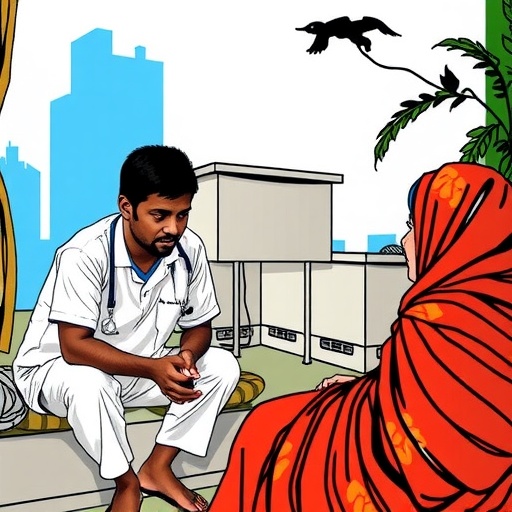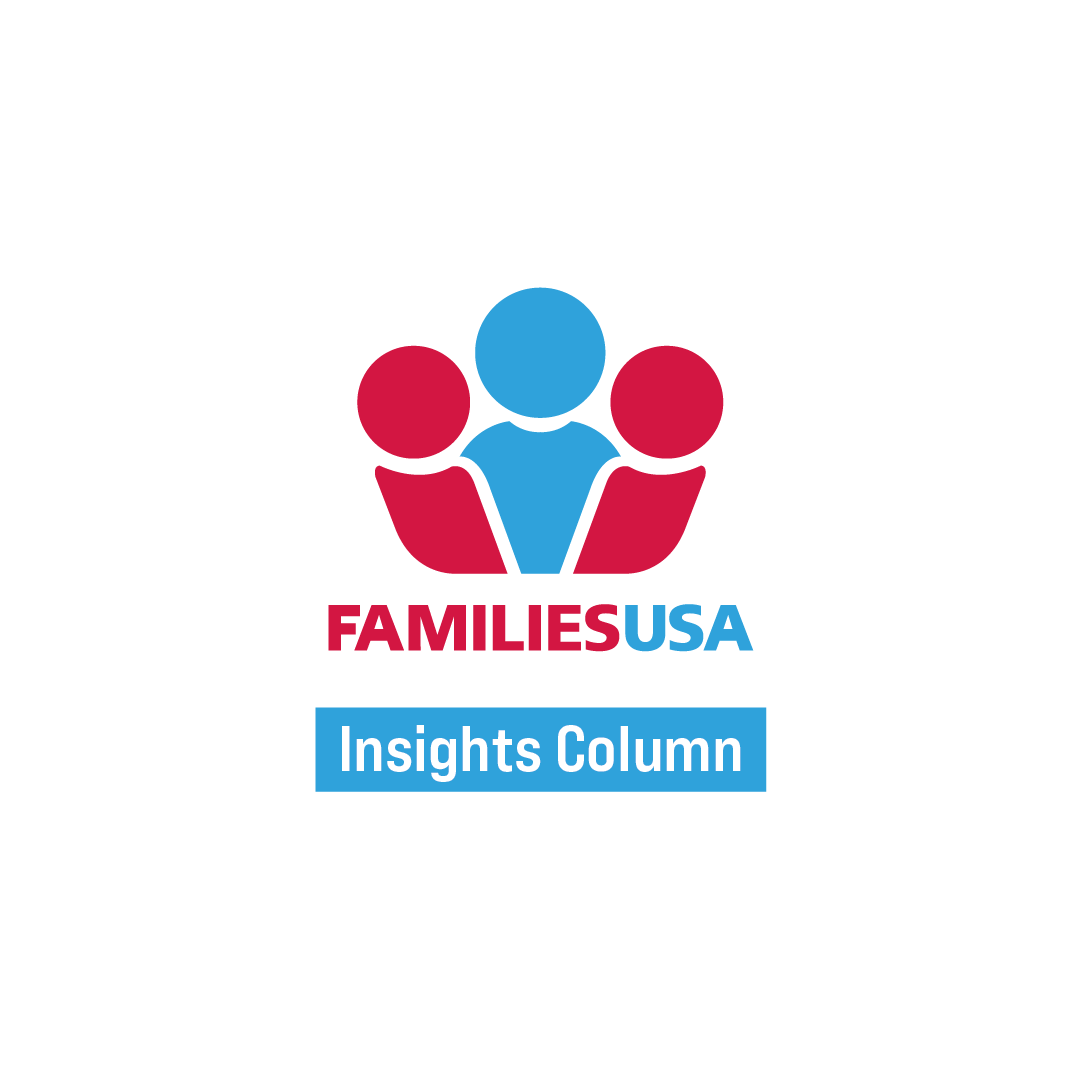Unpacking Socioeconomic Disparities in Hypertension Care: Bangladesh – Bioengineer.org

Report on Socioeconomic Inequalities in Hypertension Care in Bangladesh and Implications for Sustainable Development Goals
1.0 Introduction
A recent study by Ishaq and Kakoly, published in BMC Health Services Research, investigates the socioeconomic inequalities impacting hypertension care utilization in Bangladesh. This report analyzes the study’s findings, emphasizing their direct relevance to the United Nations Sustainable Development Goals (SDGs), particularly SDG 3 (Good Health and Well-being) and SDG 10 (Reduced Inequalities). The research highlights critical barriers that impede progress towards universal health coverage and equitable health outcomes.
2.0 Study Methodology and Objectives
The research employed a decomposition analysis to dissect the individual and contextual factors contributing to disparities in hypertension care. The primary objective was to identify the specific socioeconomic determinants that create unequal access to and utilization of essential health services for hypertension management. This analytical approach provides a granular view of how social and economic variables influence health-seeking behaviors, offering critical data for targeted policy interventions aligned with the SDGs.
3.0 Key Findings: Barriers to Achieving SDG 3 and SDG 10
The study identifies several significant barriers that challenge the achievement of key SDG targets. These findings underscore the deep-rooted nature of health inequality in the region.
3.1 Socioeconomic Status as a Primary Determinant
A stark contrast exists in treatment rates between different income brackets, directly contravening the principles of SDG 10 (Reduced Inequalities). Individuals from lower socioeconomic strata face disproportionately higher obstacles, exacerbating health disparities and hindering progress towards equitable health for all.
3.2 Obstacles to Universal Health Coverage (SDG Target 3.8)
The research details multiple factors that prevent the realization of universal health coverage for non-communicable diseases, a core component of SDG 3. These include:
- Financial Barriers: Prohibitive costs of medication and consultation prevent lower-income individuals from receiving proper care, linking health outcomes directly to SDG 1 (No Poverty).
- Geographical Disparities: Limited access to healthcare facilities, particularly in rural areas, creates significant logistical challenges. This highlights the need for improved infrastructure as outlined in SDG 11 (Sustainable Cities and Communities).
- Lack of Awareness: A substantial portion of the population is unaware of their hypertension status, preventing early diagnosis and treatment, which is crucial for meeting SDG Target 3.4 (reduce premature mortality from non-communicable diseases).
- Cultural and Social Factors: Stigma surrounding chronic diseases can deter individuals from seeking necessary medical attention.
3.3 The Role of Education in Health Outcomes
The study confirms a strong correlation between educational attainment and the utilization of hypertension care. Higher health literacy empowers individuals to manage their condition proactively. This finding directly connects the importance of SDG 4 (Quality Education) to the achievement of public health goals under SDG 3.
4.0 Policy Recommendations for SDG Advancement
The research proposes a multi-faceted strategy to address these inequalities, advocating for integrated policies that align with the global development agenda.
- Develop Integrated Health Initiatives: Combine public awareness campaigns (advancing SDG 3) with financial support mechanisms like subsidies for medication to protect vulnerable populations (advancing SDG 1 and SDG 10).
- Enhance Healthcare Infrastructure: Prioritize the establishment of localized care centers and improve transportation in rural areas to ensure equitable access, in line with the objectives of SDG 11.
- Promote Multi-Stakeholder Collaboration: Foster partnerships between government agencies, non-governmental organizations, and community leaders to create comprehensive and sustainable solutions, a central tenet of SDG 17 (Partnerships for the Goals).
- Strengthen Data Collection Systems: Implement robust data collection on hypertension prevalence and care utilization across all demographics to inform evidence-based policymaking and accurately track progress towards the SDGs.
5.0 Conclusion
The study by Ishaq and Kakoly provides critical evidence that socioeconomic status is a significant barrier to hypertension care in Bangladesh. The findings serve as a powerful call to action, demonstrating that achieving SDG 3 (Good Health and Well-being) is intrinsically linked to progress on SDG 10 (Reduced Inequalities), as well as goals related to poverty, education, and infrastructure. Addressing these interconnected challenges through targeted, collaborative, and equitable policies is essential for building a sustainable and healthy future for all.
Analysis of Sustainable Development Goals in the Article
1. Which SDGs are addressed or connected to the issues highlighted in the article?
The article on socioeconomic disparities in hypertension care in Bangladesh connects to several Sustainable Development Goals (SDGs). The analysis reveals links to the following goals:
- SDG 3: Good Health and Well-being: This is the most central SDG, as the article’s primary focus is on hypertension, a non-communicable disease (NCD), and the challenges in accessing healthcare services for its treatment.
- SDG 10: Reduced Inequalities: The core theme of the research is the “socioeconomic inequalities” that determine access to hypertension care. The article repeatedly highlights the disparities between different income brackets and the need to cater to marginalized communities.
- SDG 4: Quality Education: The article explicitly mentions the role of education and health literacy in managing hypertension. It states that “those with higher educational attainment tend to seek care more frequently, suggesting that health literacy is a significant determinant.”
- SDG 9: Industry, Innovation and Infrastructure: The need for improved infrastructure is addressed when the article discusses barriers faced by rural populations. It advocates for “enhancing healthcare infrastructure in rural areas” and improving “transportation systems.”
- SDG 17: Partnerships for the Goals: The article calls for a multi-stakeholder approach, stating the importance of “collaboration between various stakeholders, including government agencies, non-profits, and community leaders, to create a comprehensive strategy.”
2. What specific targets under those SDGs can be identified based on the article’s content?
Based on the issues discussed, the following specific SDG targets can be identified:
- Target 3.4: By 2030, reduce by one-third premature mortality from non-communicable diseases through prevention and treatment. The article directly addresses this by focusing on improving treatment and care for hypertension, a major NCD that leads to heart disease and stroke.
- Target 3.8: Achieve universal health coverage, including financial risk protection, access to quality essential health-care services and access to safe, effective, quality and affordable essential medicines for all. The article’s discussion of “financial barriers,” “limited access to healthcare facilities,” and the need for “subsidies for hypertension medication” aligns perfectly with this target.
- Target 10.2: By 2030, empower and promote the social, economic, and political inclusion of all, irrespective of economic or other status. The research highlights how individuals from “lower income brackets experience significant obstacles,” demonstrating a lack of inclusion in essential healthcare services that this target aims to rectify.
- Target 4.7: By 2030, ensure that all learners acquire the knowledge and skills needed to promote sustainable development, including through education for sustainable lifestyles. The article’s emphasis on “health literacy” and the need for “educational initiatives around hypertension” to empower individuals directly supports the goal of providing knowledge for healthier, sustainable lifestyles.
- Target 9.1: Develop quality, reliable, sustainable and resilient infrastructure… with a focus on affordable and equitable access for all. The call to improve healthcare infrastructure and transportation in rural areas to mitigate “geographical distance from healthcare facilities” is a direct reflection of this target’s objective.
- Target 17.17: Encourage and promote effective public, public-private and civil society partnerships. The article explicitly recommends “collaboration between various stakeholders” to address healthcare inequalities, which is the essence of this target.
3. Are there any indicators mentioned or implied in the article that can be used to measure progress towards the identified targets?
The article mentions or implies several indicators that can be used to measure progress:
- Prevalence and treatment rates of hypertension: The article discusses the “rising prevalence of hypertension” and the “stark contrast in treatment rates between different socioeconomic groups.” Tracking these rates would measure progress towards Target 3.4.
- Healthcare utilization rates by socioeconomic status: The entire study is a “decomposition of socioeconomic inequalities of hypertension care utilization.” Measuring the utilization of healthcare services, disaggregated by income, would be a key indicator for Targets 3.8 and 10.2.
- Proportion of the population facing financial barriers to healthcare: The article identifies “financial barriers” as a major obstacle. An indicator measuring out-of-pocket health expenditures or the number of people forgoing care due to cost would be relevant for Target 3.8.
- Levels of health literacy: The article identifies “health literacy” as a “significant determinant” of healthcare-seeking behavior. Assessing the population’s understanding of hypertension and its management would be an indicator for Target 4.7.
- Geographical accessibility of healthcare facilities: The article points to “geographical distance from healthcare facilities” as a barrier. An indicator measuring the percentage of the rural population living within a certain distance of a health center would track progress on Target 9.1.
- Number of multi-stakeholder health partnerships: The call for “collaborative efforts” implies that an indicator could be the number and effectiveness of partnerships formed between government, NGOs, and community leaders on health initiatives (Target 17.17).
4. Summary Table of SDGs, Targets, and Indicators
| SDGs | Targets | Indicators Identified in the Article |
|---|---|---|
| SDG 3: Good Health and Well-being | Target 3.4: Reduce premature mortality from non-communicable diseases (NCDs). Target 3.8: Achieve universal health coverage (UHC). |
– Prevalence and treatment rates of hypertension. – Healthcare utilization rates across different populations. – Proportion of the population facing financial barriers to healthcare. |
| SDG 10: Reduced Inequalities | Target 10.2: Promote the social and economic inclusion of all. | – Disparities in healthcare access and utilization between lower and higher income brackets. |
| SDG 4: Quality Education | Target 4.7: Ensure all learners acquire knowledge and skills for sustainable lifestyles. | – Level of health literacy regarding hypertension management. |
| SDG 9: Industry, Innovation and Infrastructure | Target 9.1: Develop quality, reliable, and resilient infrastructure with a focus on equitable access. | – Geographical accessibility of healthcare facilities, particularly in rural areas. |
| SDG 17: Partnerships for the Goals | Target 17.17: Encourage and promote effective public, public-private and civil society partnerships. | – Number and effectiveness of collaborative initiatives between government, non-profits, and community leaders. |
Source: bioengineer.org
What is Your Reaction?
 Like
0
Like
0
 Dislike
0
Dislike
0
 Love
0
Love
0
 Funny
0
Funny
0
 Angry
0
Angry
0
 Sad
0
Sad
0
 Wow
0
Wow
0














































.jpg.webp?itok=0ZsAnae9#)







:focal(1500,1000)/https://media.globalcitizen.org/a6/9a/a69a4720-d8a1-4715-b596-18738d03c05c/rotary_polio_hero_image.jpg?#)

/countries/sri-lanka/photo-credit---dmc-sri-lanka.tmb-1200v.jpg?sfvrsn=dc298bcc_1#)


















